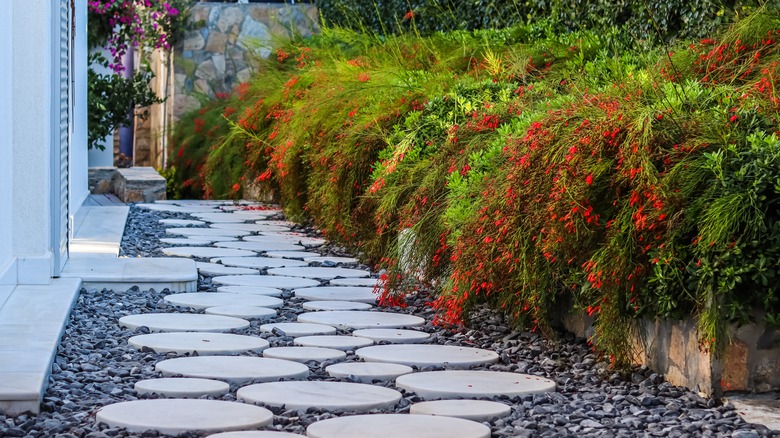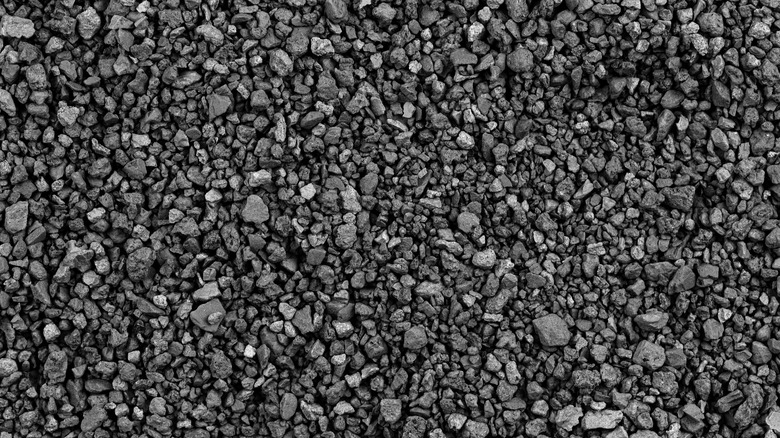Why You Should Consider Using Black Gravel For Your Next Landscaping Project
When you're working on your yard, the materials you pick can totally transform how your space looks and how much work it takes to keep everything neat. One key element to consider is the color you choose for your pea gravel. Black gravel has become a popular choice among both professional landscapers and homeowners for a variety of reasons.
First off, the color. You can't ignore how striking black gravel looks. The dark tone is perfect for making your plants and flowers stand out. Imagine deep green shrubs or bright blooms popping against that rich, dark backdrop. If you're a fan of that modern, minimalist look, black gravel pairs beautifully with concrete, metal, and glass. It's also versatile enough to work with just about any type of plant, from bright annuals to calming succulents.
Another huge perk? It's practically maintenance-free. Unlike mulch that breaks down and needs regular replacing, black gravel holds up for years. It doesn't decompose or fade, so you won't be stuck buying and spreading new material every season. Plus, it's great for hiding landscaping fabric. Then there's the durability factor. Black gravel is tough. It holds up in extreme weather, doesn't get muddy, and won't wash away like lighter materials might. If you're planning a high-traffic path or a driveway, it can handle the weight of people, pets, and even cars without breaking down.
Drainage improvement and some potential drawbacks
Gravel in general also improves drainage around your property. Because of its loose composition, water can easily pass through the gravel and into the soil, reducing the risk of water pooling and helping to make sure your home is safe from a flood. This is particularly valuable if you live in an area that experiences heavy rainfall or if you have areas in your yard prone to drainage issues. However, while black gravel offers numerous advantages, it does come with some potential drawbacks. Gravel can make surrounding areas really warm, which isn't ideal in scorching climates or if your plants prefer cooler conditions. To keep things manageable, think about using it sparingly or in areas that don't get constant sunlight.
Also, gravel isn't exactly for those looking to build sensory-friendly pathways. If you're someone who loves to feel the grass or the cool earth under your feet — or if you have kids or pets running around — this might be a downside. The stones can get hot and have jagged edges, so you might want to create gravel-free zones or use stepping stones. All in all, black gravel is a fantastic choice for a low-fuss, high-impact landscape. Just make sure to weigh the pros and cons, and think about how it fits into your climate and lifestyle.

